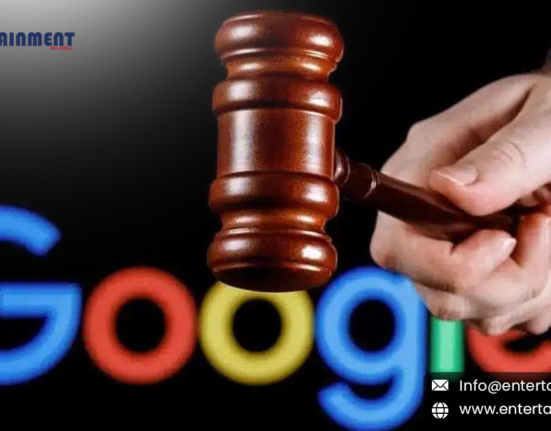In a landmark legal battle, the U.S. government has taken aim at Google, accusing the tech giant of orchestrating a monopoly in the ad tech industry. This case not only raises crucial questions about market fairness but also sheds light on the broader implications of digital dominance in today’s economy.
The Monopolistic Accusations
At the heart of the U.S. government’s case is the assertion that Google has manipulated the ad tech market to consolidate its power and suppress competition. The Department of Justice (DOJ) and several states argue that Google’s vast control over digital advertising has stifled innovation and restricted choices for advertisers and publishers alike. They claim that Google’s practices in buying, selling, and placing ads have unfairly tilted the playing field in its favor, making it nearly impossible for smaller competitors to thrive.
Google’s dominance in the ad tech sector is undeniable. As one of the largest players in the industry, the company handles a substantial share of online ad transactions through its platforms, including Google Ads and Google AdSense. This extensive control allows Google to influence ad prices, manage inventory, and control access to user data, leading to concerns about potential conflicts of interest and unfair practices.
The Structure of the Ad Tech Market
To understand the gravity of the accusations, it’s essential to grasp the structure of the ad tech ecosystem. The industry comprises various components, including demand-side platforms (DSPs), supply-side platforms (SSPs), ad exchanges, and ad networks. Google’s integrated suite of tools and platforms spans across these components, giving it a unique and expansive reach in the ad tech space.
Critics argue that Google’s dominance results in higher costs for advertisers and lower revenues for publishers. With fewer competitive alternatives, advertisers have limited options for purchasing ad space, potentially driving up prices. Simultaneously, publishers may face reduced revenue as Google’s control influences the value and placement of their ads.
Legal Implications and Potential Outcomes
The outcome of this legal battle could have far-reaching consequences for the ad tech industry and beyond. If the court finds Google guilty of monopolistic practices, it could lead to significant changes in how digital advertising operates. Potential remedies might include structural changes within Google, such as divestitures of certain ad tech assets, or the implementation of stricter regulations to ensure fair competition.
For the broader tech landscape, this case could set a precedent for how regulators approach market dominance in the digital age. It might pave the way for more rigorous scrutiny of other tech giants and their influence over various sectors.
The Impact on Stakeholders
For advertisers and publishers, the outcome of this case could mean a shift in the dynamics of digital advertising. Greater competition could lead to more transparent pricing, improved access to ad inventory, and enhanced opportunities for smaller players to enter the market. However, it could also result in short-term disruptions as the industry adjusts to new regulations and market conditions.
For consumers, the implications are more indirect but still significant. A more competitive ad tech landscape could lead to more diverse and relevant advertising experiences, potentially reducing the dominance of a single player in shaping what users see online.
Conclusion
The U.S. government’s challenge against Google’s ad tech practices underscores the evolving regulatory landscape in the digital economy. As the case unfolds, it will not only determine the future of Google’s dominance but also influence how technology giants operate within the broader marketplace. The outcome could reshape the ad tech industry, offering new opportunities for competition and innovation while addressing longstanding concerns about market fairness and control.






Leave feedback about this